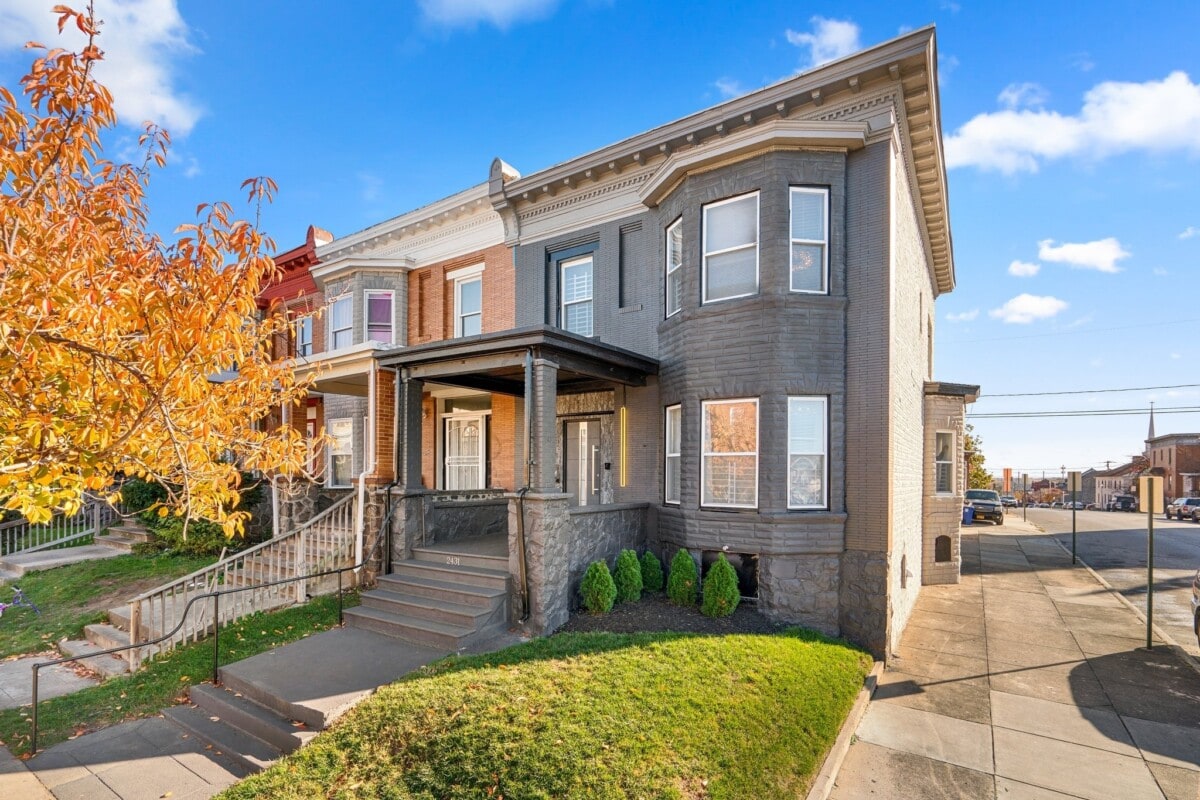The Great Australian Dream of a house on land is disappearing as buyers embrace high density living.
New data from Informed Decisions has ranked SA’s suburbs based on their expected population increase – taking into consideration factors including migration, birthrates, life expectancy, planned developments and future developments based on local zoning regulations – to find our most densely populated areas.
An artist’s impression of the West Third townhouse development at Bowden. Supplied by Development & Advisory
Bowden came in at number one, with its 60.56 people per hectare increasing to 62.32/ha over the next 12 months.
Kurralta Park and Ashford, both in Adelaide’s western suburbs will be Adelaide’s second and third most densely populated suburbs at 42.95/per ha and 37.38/ha respectively, with Brompton, adjacent Bowden, coming in fourth at 35.55 people per ha.
Angle Vale is tipped for the greatest population increase – its 8,506 residents increasing by 1280 to 9786 next year.
Dan Evans, community views service lead at Informed Decisions. Image supplied.
Dan Evans, Informed Decisions community views service lead said there had been ongoing turnover of former industrial land in Adelaide, turning older industrial uses into well-thought-out mini suburbs.
“There are some great examples of medium-density precincts in Tonsley, which used to be the Mitsubishi Motors factory, and the old Clipsal factory in Bowden,” Mr Evans said.
“These precincts aren’t just about the homes, but about the community that is created in these new precincts.
MORE NEWS:
Adelaide home with X-rated feature that’s blowing buyers away
Adelaide homeowner to make $1.5m doing absolutely nothing
$74,500 more than last year – Adelaide home prices surge
How much you need to save to buy in every Australian suburb
Shock $20k hack changing Aussie lives
“These precincts are closer to the city than greenfield areas and provide opportunities for first-home buyers to get into the market in areas they may have grown up in, or be closer to job opportunities in the CBD.”
It comes as recent data from the Housing Industry Association shows ‘gentle density’ — projects such as townhouses, duplexes, and terrace homes — is on the rise in a number of states.
HIA executive director planning, Sam Heckel, said medium density projects could deliver homes faster and more affordably.
“Australia’s housing crisis won’t be solved without increasing medium density dwellings, particularly in our larger cities,” Mr Heckel said.
Thomas Crawford from Crawford Doran Real Estate. Picture: Matt Loxton
Crawford Doran director Thomas Crawford – who has been selling in Bowden for more than a decade and whose company has sold around 10 homes in Bowden in the past year – said higher density living was vital to Adelaide’s growth, but said its success lay not just in its design, but in its surrounding amenities and supportive infrastructure.
“Buying a home is a lifestyle decision now, and that came through covid, and the home is only a part of that, it’s everything around it that it offers, what access they have to what things and how good would their life be living there,” he said.
Andrew Tomlin and his business partner Damon Semantic, in Bowden SA. Picture: Ben Clark
Contour Property director Andrew Tomlin, whose company has created both the Cadence and Tribeca projects in Bowden, said the Great Australian Dream of a house and land – wasn’t an outdated notion, rather one that was evolving.
“The modern Australian dream is still about ownership and quality of life, but now it’s more about location, design, and connection rather than sheer land size,” he said.
“People want to live close to where they work, to cafes, to culture – and that’s where high-quality developments and sustainable precincts come in.
“The dream is still alive – it’s just become smarter, more efficient, and more in tune with how Australians actually live today.”
– with Elizabeth Tilley



















 English (US) ·
English (US) ·